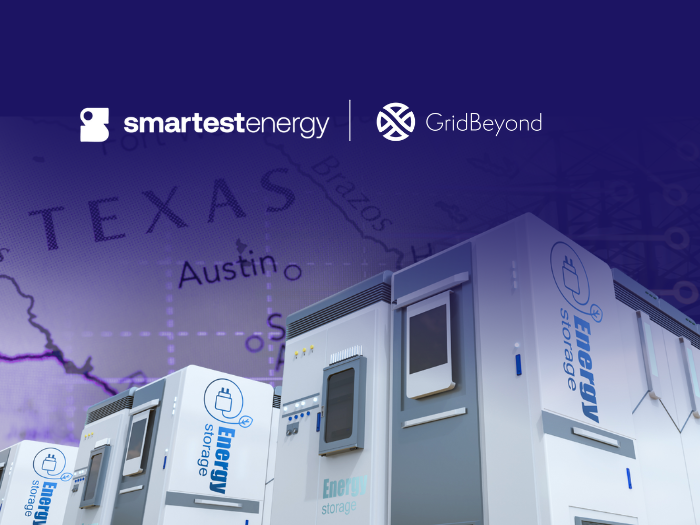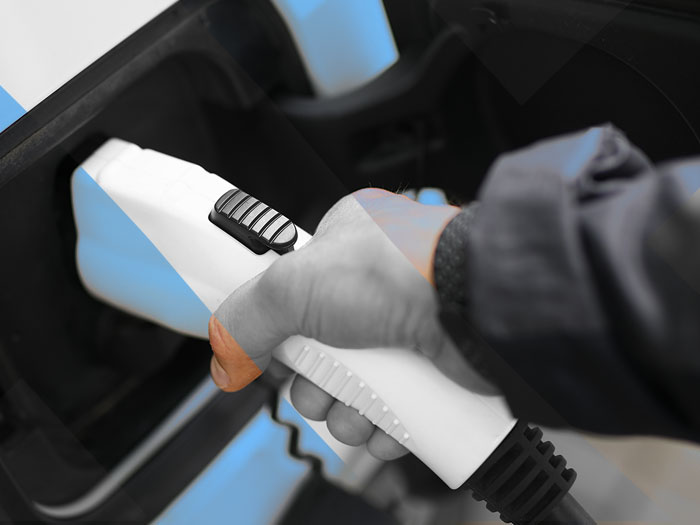Insights
better business decisions
Posted 3 years ago | 3 minute read

US customers averaged seven hours of power interruptions in 2021
On average, electricity customers in the US experienced just over seven hours of power interruptions in 2021, almost an hour less than in 2020, the Energy Information Administration (EIA) has found.
Published on November 14, the report found that customers in Louisiana, Oregon, Texas, Mississippi, and West Virginia experienced the most time with interrupted power, ranging from almost 19 hours in West Virginia to over 80 hours in Louisiana. Louisiana also had the highest number of power interruptions, followed by Texas. Long interruptions were largely because of extreme weather events.
Customers in the District of Columbia, Delaware, Florida, North Dakota, and Nevada had the shortest total time of electricity interruptions in 2021, ranging from 52 minutes in the District of Columbia to 102 minutes in Nevada.
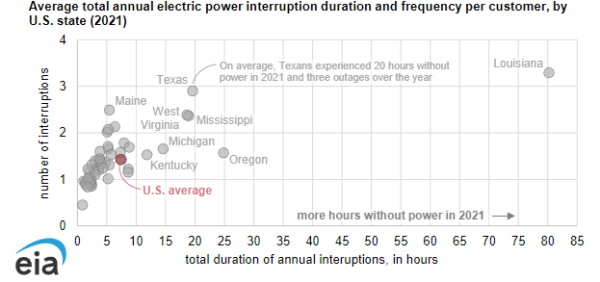
Source: EIA
When major weather events are excluded, the average duration of interruptions annually remained consistently at around two hours per year from 2013 to 2021. The US experienced 21 named storms in 2021, the third-most active Atlantic weather season on record.
In addition to four major hurricanes in 2021, a winter storm affected the central US with Arctic air as far south as Texas. In February 2021, winter Storm Uri hit Texas, where about 4.5M customers lost power, along with almost half a million customers in Louisiana and Oklahoma. The storm moved into the mid-Atlantic region, knocking out power in West Virginia and Kentucky.
In late August 2021, Hurricane Ida left 1.2M customers in Louisiana without power, some for over two weeks, and it left almost 150,000 customers without power in Mississippi. Hurricane Nicholas followed about two weeks later, leaving 0.5M customers without power in Texas as well as parts of Mississippi and Louisiana.
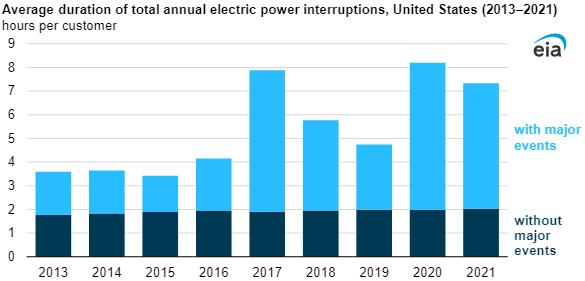
Source: EIA
GridBeyond SVP North America Wayne Muncaster said:
“We are in the middle of an energy transition. But grid operators and utilities aren’t just trying to manage this shift. As our climate continues to change, the impacts of extreme weather on power infrastructure will be exacerbated.
“We can no longer take access to cheap and reliable energy for granted and grid operators need to carefully consider what will fill the gap when the wind doesn’t blow or the sun doesn’t shine.
“There are lessons that can be learned from other countries who are further ahead in the transition, but the key trend across markets is that grid operators and utilities are placing a premium on flexibility. This creates opportunities for C&I consumers to earn revenue and realize savings through sophisticated energy market participation”.
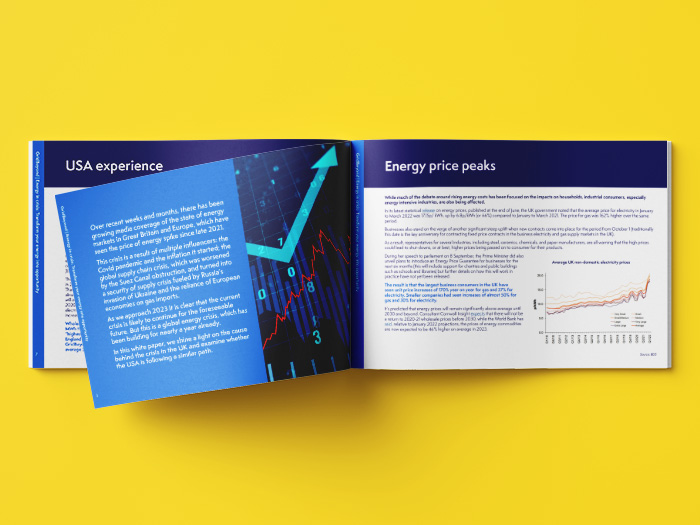
Energy in crisis
In this white paper, we shine a light on the cause behind the energy crisis in the UK and examine whether the USA is following a similar path.
Learn more



